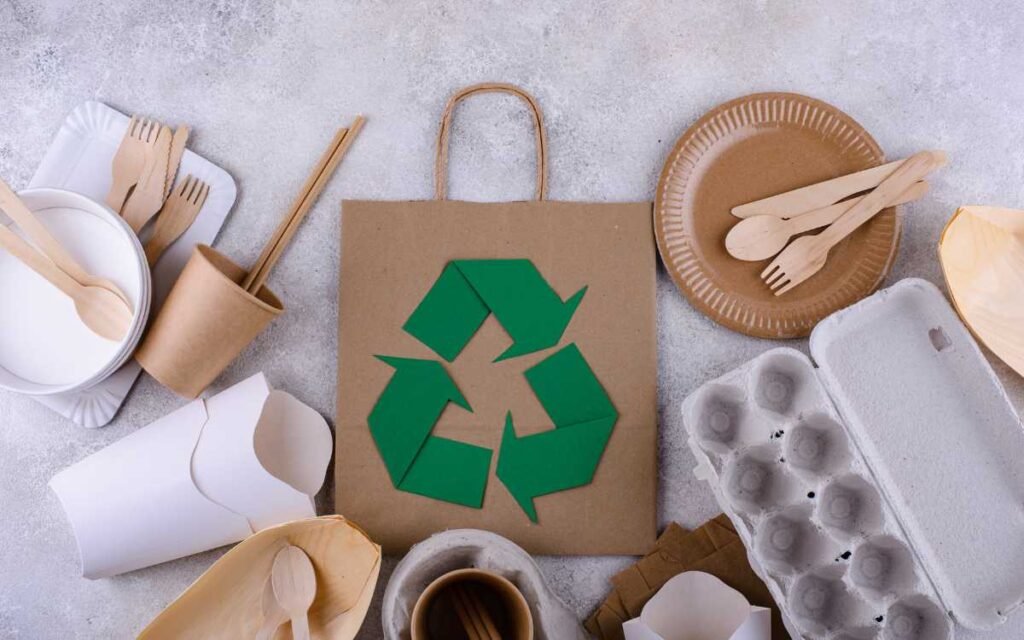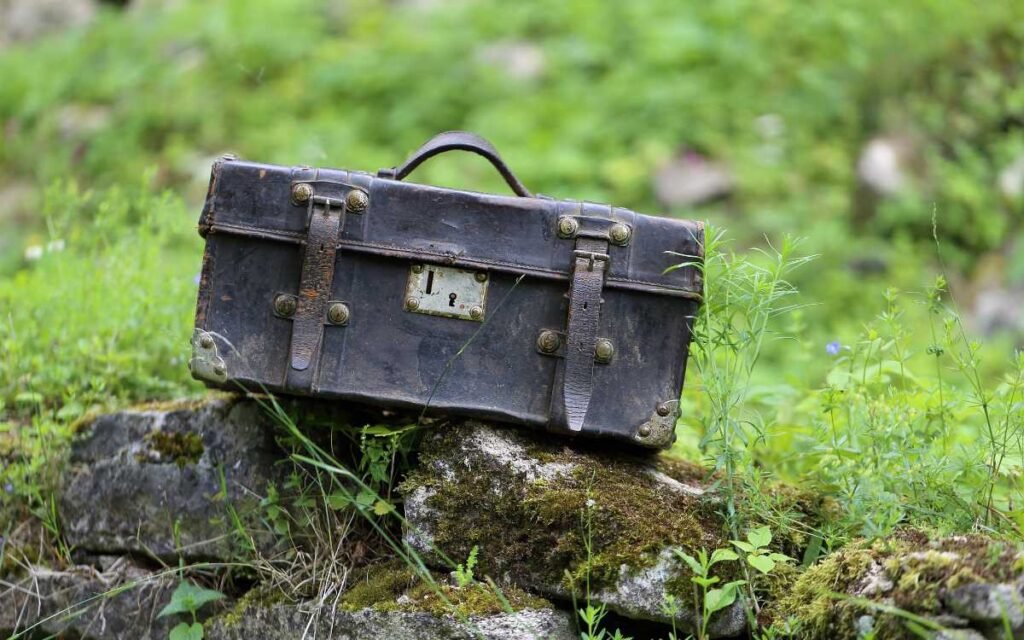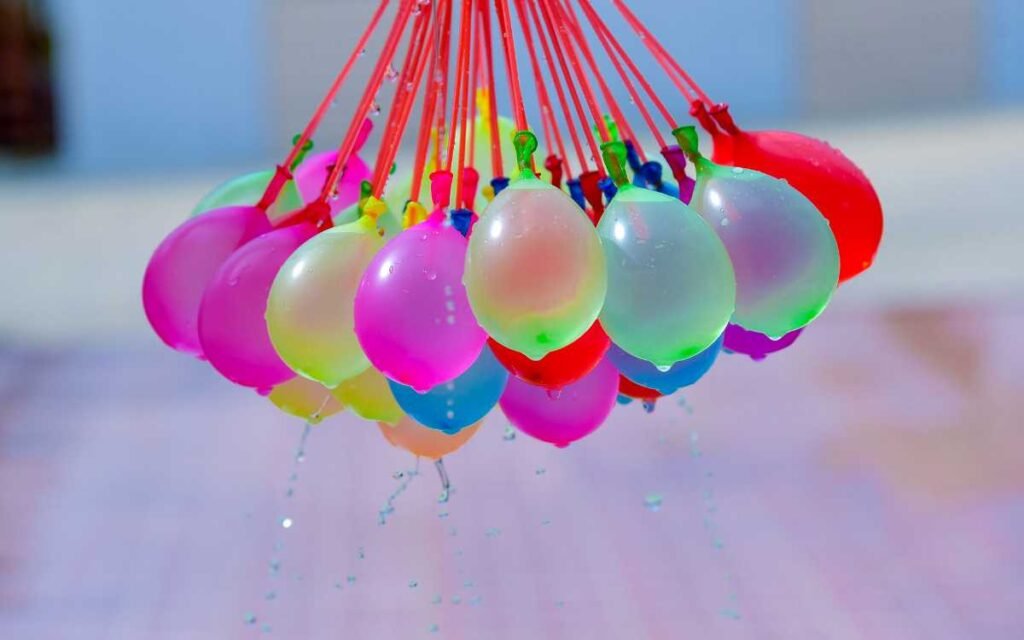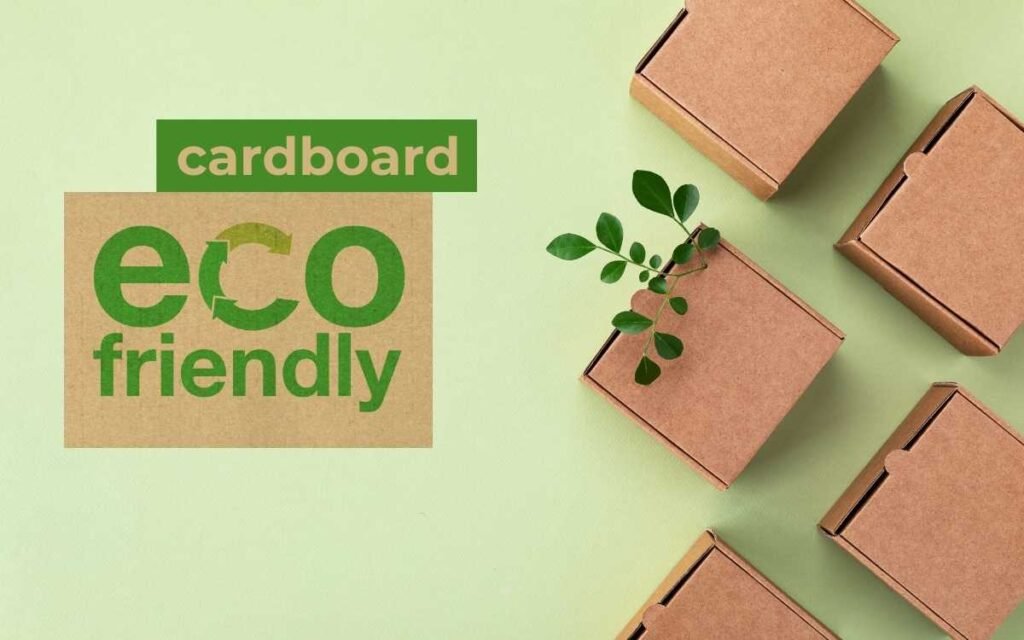
Introduction
Every day, lots of us go through a routine that ends with tearing and folding a common household item: toilet paper. But did you ever wonder what happens to that piece of paper after you flush it?
Specifically, can toilet paper break down naturally? It’s not just a random question; it actually matters for the environment.
In this article, we’re going to look into whether it is biodegradable. We’ll also check out some simple facts and talk about the things that affect how it breaks down.
Plus, we’ll touch on how this everyday item can impact our environment.
So, the next time you grab that roll, you might know more about its effect on nature.
Let’s explore.
Statistical Insights of Toilet Paper

Every year, the average person uses about 80 to 100 rolls of TP, and by 2024, each person is expected to use around 10.8 kilograms of toilet paper, according to Statista.
Now, let’s talk about China—they use more roll paper than any other country, using over 4 billion miles of it every year.
The United States needs a whopping 31.11 million trees annually just to make enough TP for everyone. Imagine this: one tree can make 1500 rolls of TP, covering an area as big as 77.5 thousand football pitches, as shared by qssupplies.
These facts show us how much roll paper we use and how it affects the environment. It’s something we might want to think about to be more eco-friendly in our everyday choices.
Is Toilet Paper Biodegradable?
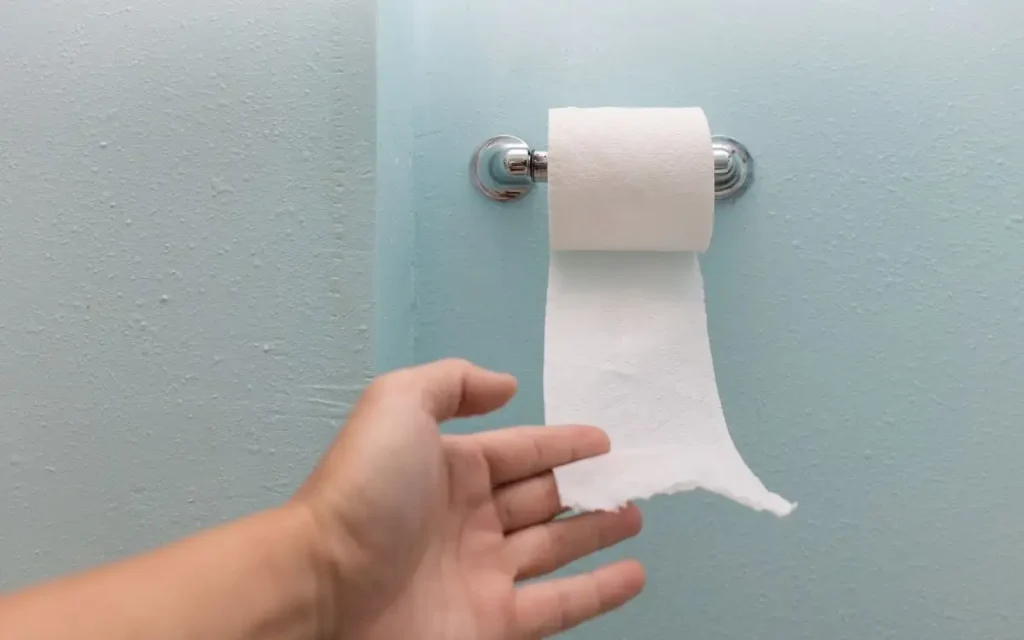
Yes, toilet paper is biodegradable.
It is primarily made from wood pulp. Because of this composition, it naturally breaks down over time.
Once flushed, it begins to disintegrate in water, making its journey to decomposition.
Moreover, unlike some other household items, it doesn’t leave behind harmful residues. However, it’s important to note that the speed of degradation can vary. Several factors can influence the rate at which tissue paper degrades.
The type of wood pulp used is one such factor.
The thickness of the sheets also plays a role.
Additionally, any added chemicals can affect its biodegradability.
Despite these variations, tissue paper is notably more biodegradable than many other products.
As we become more eco-conscious, it’s essential to recognize these details. They can help shape our decisions and habits in environmentally friendly ways.
How Biodegradable Toilet Paper Made
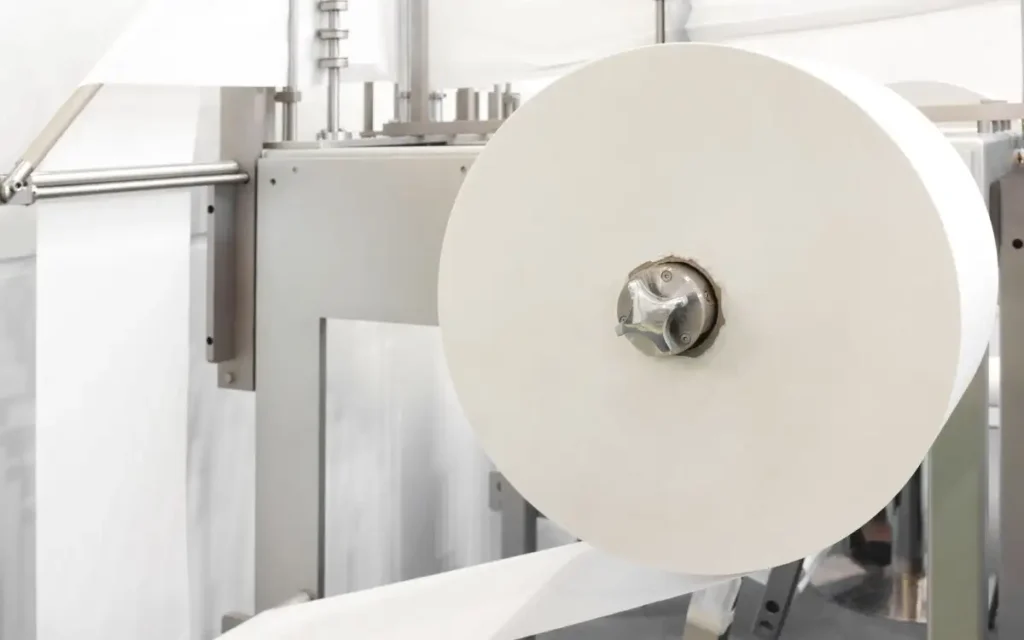
It’s journey starts from the tree and ends in the bathroom.
This process is truly fascinating. Each step is carefully designed with eco-friendliness in mind.
As a result, biodegradable toilet paper represents both comfort and conservation.
Let’s Discuss Each step one by one.
Stage 1 – Pulping Process
Biodegradable tissue paper starts with simple stuff: wood pulp, bamboo, or sugarcane fibers.
These come from both soft and hard trees and become the base for our daily paper. The raw material goes through a process called pulping, where it’s mixed, slushed, and churned in different amounts to make various types of paper.
Stage 2 – Twin Thickener
After pulping, the mix of pulp and water goes through settling to get rid of heavy bits. This happens twice with fresh water. Then, the pulp lets go of extra water, making it brighter.
The thicker pulp is ground and mixed with water again.
Stage 3 – Bleaching
To make pulp soft and white, it gets bleached. Some eco-friendly brands skip the chlorine and go for greener methods.
Stage 4 – Machine Chest
Next, the liquid pulp moves to the machine chest.
In the paper machine part, the liquid pulp is poured onto a conveyor belt at a speed of 300 meters per minute. While this happens, water is sucked away through a vacuum, and the pulp gets heated up.
Stage 5 – Paper Machine Section
The dried pulp moves to a conveyor belt, where, still holding about 80% water, it goes through several driers at temperatures from 65 to 90 degrees Celsius.
They set the size press by hand to keep the paper the right thickness.
Stage 6 – Ironing and Rewinding
Then, it passes through a hot iron roller to lose any wrinkles.
Lastly, the paper is stored on a cylindrical rod.
In the final step, machines cut and roll the sheets into the tissue paper rolls we all know.
Different Types of Biodegradable Toilet Paper
There are two main types of biodegradable toilet paper.
One is tree free toilet paper, and another is recycling toilet paper.
1. Tree-free Toilet Paper

This TP uses plant fibers as its base. It doesn’t use wood pulp. Instead, it might be made from bamboo, sugarcane, or hemp.
These are fast-growing plants. They are also renewable. Therefore, they need less land and resources than trees do. It usually breaks down faster.
As a result, it’s often more biodegradable than wood pulp-based TP.
Here are some specific examples of tree free biodegradable toilet paper:
Bamboo Toilet Paper

Bamboo grows quickly. It’s a renewable plant. Because of this, it is eco-friendly. It’s a great green choice. Bamboo TP is also typically very soft and strong.
Sugarcane Toilet Paper

It is a greener option because it’s made from sugarcane leftovers called bagasse, which is similar to papyrus, rather than using trees. This helps save trees and is better for the environment.
Hemp Toilet Paper

Hemp is a versatile plant. It can be used for many products. One of these products is tissue paper. it is typically soft and strong, and it may also be slightly rough.
2. Recycled Toilet Paper

It is made from recycled paper. The paper comes from various sources. This includes office paper, newspapers, and magazines.
Recycled tissue paper is biodegradable. However, it might take more time to degrade. It might break down slower than tree-free toilet paper.
Recycle TP making process in same as I mentioned before. the difference is that here we use recycle material like office paper, reusable paper napkins, newspaper and old notebooks instead of wood pulp.
How Much Time Take Toilet Paper to Biodegrade

The amount of time it takes for TP to biodegrade depends on a number of factors, including:
- The type of toilet paper
- The thickness of the toilet paper
- The presence of additives
- The environmental conditions
In general, toilet paper made from tree pulp can take anywhere from 1 to 3 years to biodegrade in a landfill. Compostable TP, on the other hand, can break down in as little as 2 to 5 weeks in a composting environment.
Effect of Toilet Paper on the Environment

It impacts the environment in various ways.
Let’s consider three main categories.
These are: recyclable, biodegradable, and compostable.
1. Recyclable Toilet Paper
Reduced Waste
It can be made from recyclable materials. Using these materials means less waste in our landfills. This choice helps tackle the growing landfill problem. By recycling old papers into new rolls, we keep the cycle going.
Conservation of Resources
Opting for recyclable TP conserves trees. As I mentioned before The United States requires an enormous 31.11 million trees each year to produce an adequate supply of tissue paper for its population. So, instead of cutting down more forests, we give used paper a second life.
Energy Savings
It might surprise you, but producing recycled TP uses less energy. It’s more efficient than making non-recycled versions.
2. Biodegradable Toilet Paper
Natural Breakdown
It doesn’t linger for years in the environment. It breaks down naturally, leaving minimal traces behind.
Lesser Chemical Usage
Traditional TP production might involve bleaches and other chemicals. Biodegradable options tend to reduce or eliminate these, decreasing chemical pollution.
Protection of Marine Life
Biodegradable products, when in waterways, break down harmlessly. On the other hand, non-biodegradable items can be dangerous. They can harm marine life and dirty our aquatic ecosystems.
3. Compostable Toilet Paper
Enrich the Soil
It can be returned to the earth, enhancing soil fertility and structure.
Reduce Methane Emissions
Composting is a better choice than letting waste sit in landfills. Why? It helps cut down on methane emissions. Methane is a strong greenhouse gas we should aim to reduce.
Supporting Circular Economy
Composting is nature’s way of recycling. Using and promoting compostable products is important. It supports a system where we constantly reuse resources.
How to Select Biodegradable Toilet Paper

When picking the right eco-friendly toilet paper for your family, there are a few things to think about:
1. Material
Biodegradable TP comes from different stuff like bamboo, sugarcane, hemp, and recycled paper. Each type has its own qualities, so choose one that fits your family. For instance, bamboo paper is often soft and strong, while sugarcane paper might be a bit see-through.
2. Thickness
This is measured in plies, or layers, ranging from 1-ply to 4-ply. If you have kids or sensitive skin, a thicker option might help avoid skin irritation.
- 1-ply: Cheap and budget-friendly but absorbs less water, breaks easily.
- 2-ply: Soft and sturdy, more expensive than 1-ply, absorbs 2x more water.
- 3-ply: Premium, absorbs 40% more water, easy to tear, has extra grip.
- 4-ply: Recommended for trailers, campers, dissolves faster, very soft.
3. Scent and Dye
Some biodegradable tissue papers have scents or dyes. If you prefer unscented and undyed, check the label.
4. Price
Biodegradable TP can cost more than regular ones, but there are affordable brands out there.
5. Read the Label
Ensure the tissue paper is genuinely biodegradable. Some brands claim it but might have additives that make them less eco-friendly.
6. Certifications
Some brands are certified by organizations like the Forest Stewardship Council (FSC) and the Biodegradable Products Institute (BPI). These certifications assure that the tissue paper is truly biodegradable and sustainable.
Bottom Line
In conclusion, many TPs break down eventually, but they do it at different speeds and have various effects. Choosing eco-friendly options, like using biodegradable TP, helps us be kind to our planet. It’s a small move, but it matters a lot in our shared effort to be more sustainable.
So, will you be making a switch to biodegradable toilet paper on your next purchase? comment given below.

